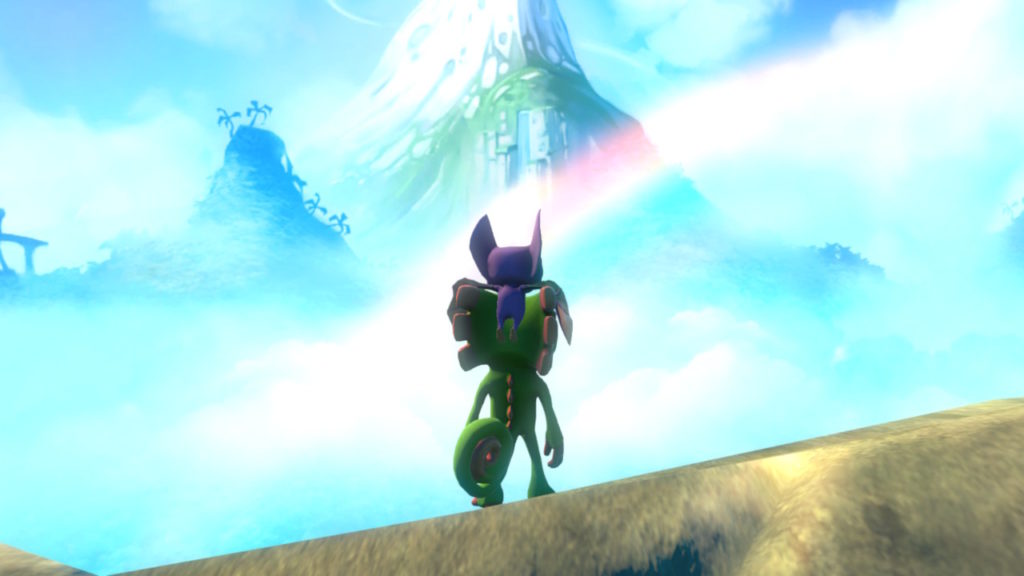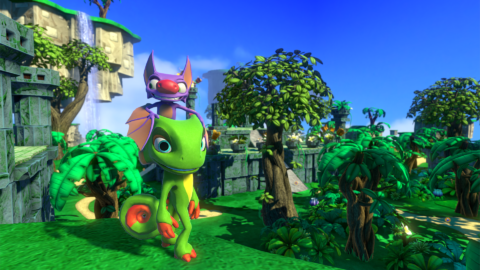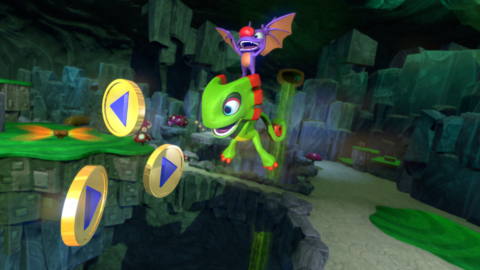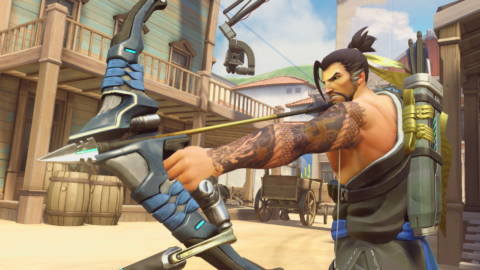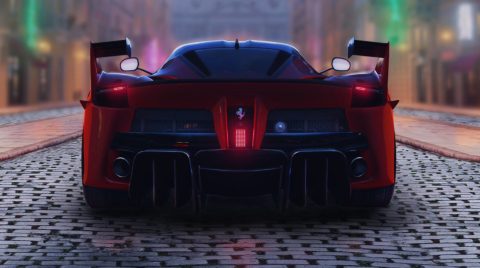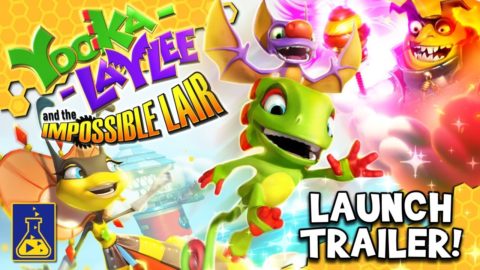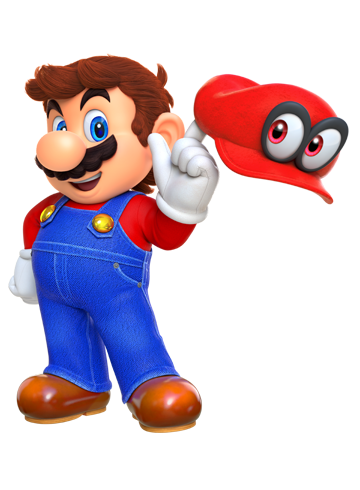
When Yooka-Laylee first released on PC, it had a lukewarm reception. It was surprising considering how well the Kickstarter did and the reputation of the team behind it. It was supposed to be the spiritual successor of Banjo-Kazooie. Sure, the game had technical and design problems, but the stigma stuck during its PlayStation 4 and Xbox One releases.
And then Playtonic decided to shift their focus from Wii U to Switch. The reaction, again, was split. Loyal Wii U owners protested, wanting the company to stick to what they promised. It was another ding on the game’s already bruised name. But aside from another hoopla earlier this year involving JonTron, the game’s Switch development had been relatively quiet.
Home Sweet Home
After what seems to be a long wait, Yooka-Laylee finally makes its way to the Switch. Playtonic promised improvements for this version. They talked about how they received help directly from Unity and Nintendo. The development team wanted the game to really shine on the Switch.
And in a sense, Playtonic achieved that for the hybrid. One of the biggest changes is the addition of manually controlling the camera, addressing past complaints of having to fight it just for a better view. The game also ran in a consistent 30 frames per second, which surprisingly looked more natural than 60 fps (PC Version). Believe it or not, 30 fps actually highlighted the game’s colorful nature. The environment’s colors popped more because Yooka and Laylee moved with it, not on top of it.
Here’s an activitie: let’s chasie the pagies!
Of course, Yooka-Laylee would not be a “Rare-vival” without the collect-a-thon from Banjo-Kazooie days. Our main collectibles this time are the golden sentient pages called “Pagies” and googly-eyed bouncing feathers called “Quills.” There are other things to collect as well, like the Mollycools and the Ghost Writers, but they’re not as numerous as the other two.
Using Yooka the chameleon and Laylee the bat’s combined abilities, players explore a variety of worlds within each Grand Tome, fighting mini-bosses and solving small puzzles along the way. Each world is massive and is filled with something to collect at just about every turn. Just about any surface is reachable with the right ability, save for the spots where there’s an invisible barrier. Even if there’s no collectible on that surface, you can at least get a different view of the area that might point you to an otherwise missed corner.
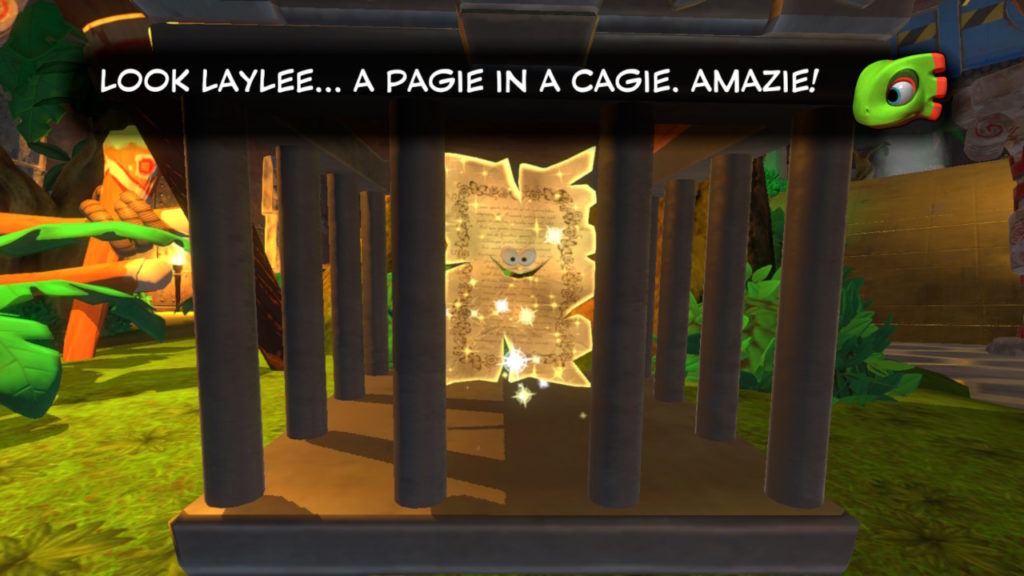
Of course, going after each Pagie is not just a simple game of hide-and-seek. Most of them are either locked in a cage or are given out as a reward for completing something. The tasks can be as simple as collecting Pagie fragments scattered nearby or as drawn-out as retrieving hats for multiple snowmen. Regardless of the required activity, you always have the freedom in doing it right at that moment or going back to it later.
All of the collectibles are not just there for numbers. With the exception of the five Pirate Treasures, every collectible helps you one way or another. Quills are used to buy essential moves from Trowzer, Butterfly Expansions increase your overall health points, Mollycools are used for transformations… you get the idea. Playtonic sends you to collect items not just because they said so, but because it’s for your own good.
Laylee’s big nose is in the way.
Ok, maybe her nose is not really in the way, but some problems are. Remember the comment earlier about being able to reach anything “with the right ability”? That means backtracking is necessary in this game. Trowzer’s catalog of abilities expand as you visit a new world, which means that you have to go back to each world to find more things that you may have missed.
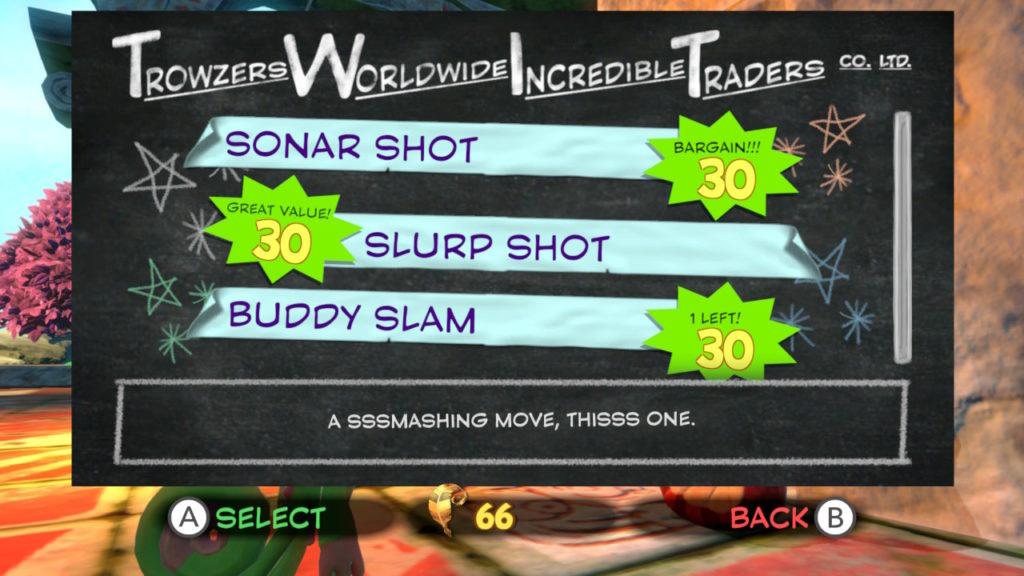
And then there’s the Grand Tome expansions. For a specified Pagie cost, you can expand each Grand Tome’s world. This opens up a previously inaccessible area, revealing more items to retrieve. If you didn’t know this beforehand, you’ll be backtracking to each world at least twice: once to re-explore the world using new abilities, and another when you expand the world. Why not just leave all areas open in the first place?
Another trait this game inherited from its ancestor is the contrasting personality between the dynamic duo: Yooka’s calm demeanor vs Laylee’s sharp tongue. Laylee’s dialogue is really where the writers shine the brightest, but it’s disappointing to see everyone ignore her witty retorts. Every once in a while, Yooka will tell her to calm down, but that’s about the extent of acknowledgment. Kazooie got the same treatment back in the day, but it would have been great to finally correct that after all these years. and have the other characters respond to Laylee’s insults.
It’s time to put some pants, Yooka.
Yooka-Laylee is a beautiful game that provides hours of fun. It never fails to reward your curiosity and thirst for exploration, even if you have to backtrack. It successfully awakens your inner childlike wonder – the one that’s always in awe of the scope and color of the worlds in front of you. And the game’s excellent soundtrack is simply the icing on an already delicious presentation.
It’s also important to remember that Yooka-Laylee is its own game. It may have been designed after its gargantuan ancestors by the same key people, but that’s about it. Yooka-Laylee is not Banjo-Kazooie, nor is it the ill-fated Banjo-Threeie. Just like you are not the same person as your parents, Yooka-Laylee is simply the torch bearer with its own identity.
Review Copy Provided by Team17
